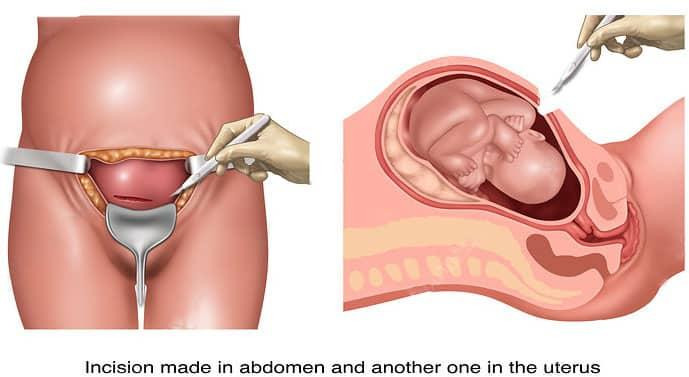Factors Influencing Vaginal Birth After C-Section (VBAC)
Type of Uterine Incision:
A low transverse incision increases the likelihood of successful VBAC.
- Reason for Previous C-Section:If the previous C-section resulted from a non-recurring issue, such as breech presentation, VBAC may be a viable option.
2. Number of Previous C-Sections: Some women with multiple previous C-sections may still be candidates for VBAC, with careful evaluation of risks and benefits.
3. Overall Health Conditions: Consideration of the mother's general health and any existing medical conditions is crucial in determining the suitability of VBAC.
4. Hospital Policies and Resources: Hospital policies, especially emergency resources and the availability of C-section capabilities, can influence the decision for VBAC.
5. Monitoring During Labor: Continuous monitoring during labor is common during VBAC to ensure the well-being of both the mother and the baby.
Collaborative Decision-Making
- Discuss the desire for VBAC with the healthcare provider early in pregnancy.
- Evaluate potential risks and benefits based on individual circumstances.
- Successful VBACs are achievable for some women, while others may have factors making it less advisable.
- Decision-making considers medical history, current health status, and personal preferences.
For more information, consult Dr. Arohi Tasgoankar practicing at Complete Women's Care one of the best C Section Delivery Doctor in Thane or you can Contact us on 98330 74977.

